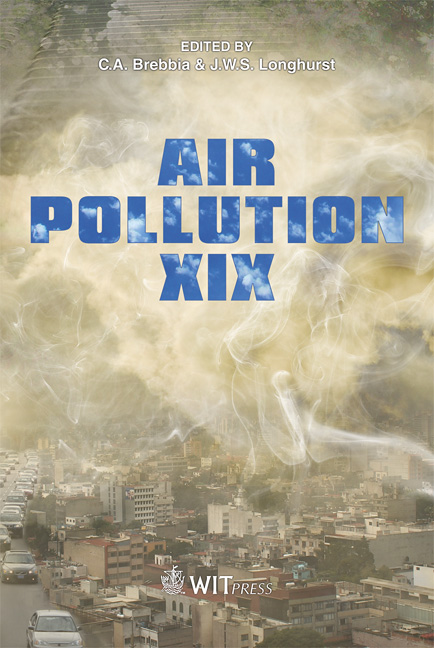Prediction Of TSP Concentration In A Metallurgical City Of Brazil Using Neural Networks
Price
Free (open access)
Transaction
Volume
147
Pages
10
Page Range
105 - 114
Published
2011
Size
379 kb
Paper DOI
10.2495/AIR110101
Copyright
WIT Press
Author(s)
M. M. C. Lima
Abstract
The aim of this study was to predict Total Suspended Particulate concentration (TSP) in the main areas of Ipatinga, a metallurgical city located in Minas Gerais state, southeast of Brazil. Artificial neural networks (ANN) were the modelling tool used. This model is able to predict pollutant concentration just by training the input and output parameters. The input parameters were meteorological such as wind direction, wind speed, rain, and ambient temperature and also seasonal such as, summer and winter. The output parameter used was the historical data of the total suspended particulate concentration taken between 1996 and 2004. In the modelling, the multilayer perceptron (MLP) model was tested. Among the MLP configurations evaluated, the topology 13-7-6 was chosen. The validation of the model was done by comparing the simulated with the observed values. The results of this model were also compared with the industrial source complex short-term dispersion model (ISCST3). The four statistical tools used to evaluate the fitting were mean squared error (MSE), fractional bias (FB), index of agreement (IA) and linear correlation coefficient (R). Comparing the results it was seen that the predicted values were better in some boroughs and were overestimated in others. Besides, the predicted results of the ANN model were better than the ISCST3 dispersion model. Keywords: artificial neural networks modelling, multilayer perceptron, total suspended particulate concentration, prediction, ISCST3 dispersion.
Keywords
artificial neural networks modelling, multilayer perceptron, total suspended particulate concentration, prediction, ISCST3 dispersion





